Measurement without units is useless. The unit of measurement is very important.
A measurement tells us about the property of something. It tells us how heavy an object is, or how long an object it is. A measurement gives us a number to that property.
Any measurement has two parts – a number and a unit of measurement.
Importance of Unit Measurement
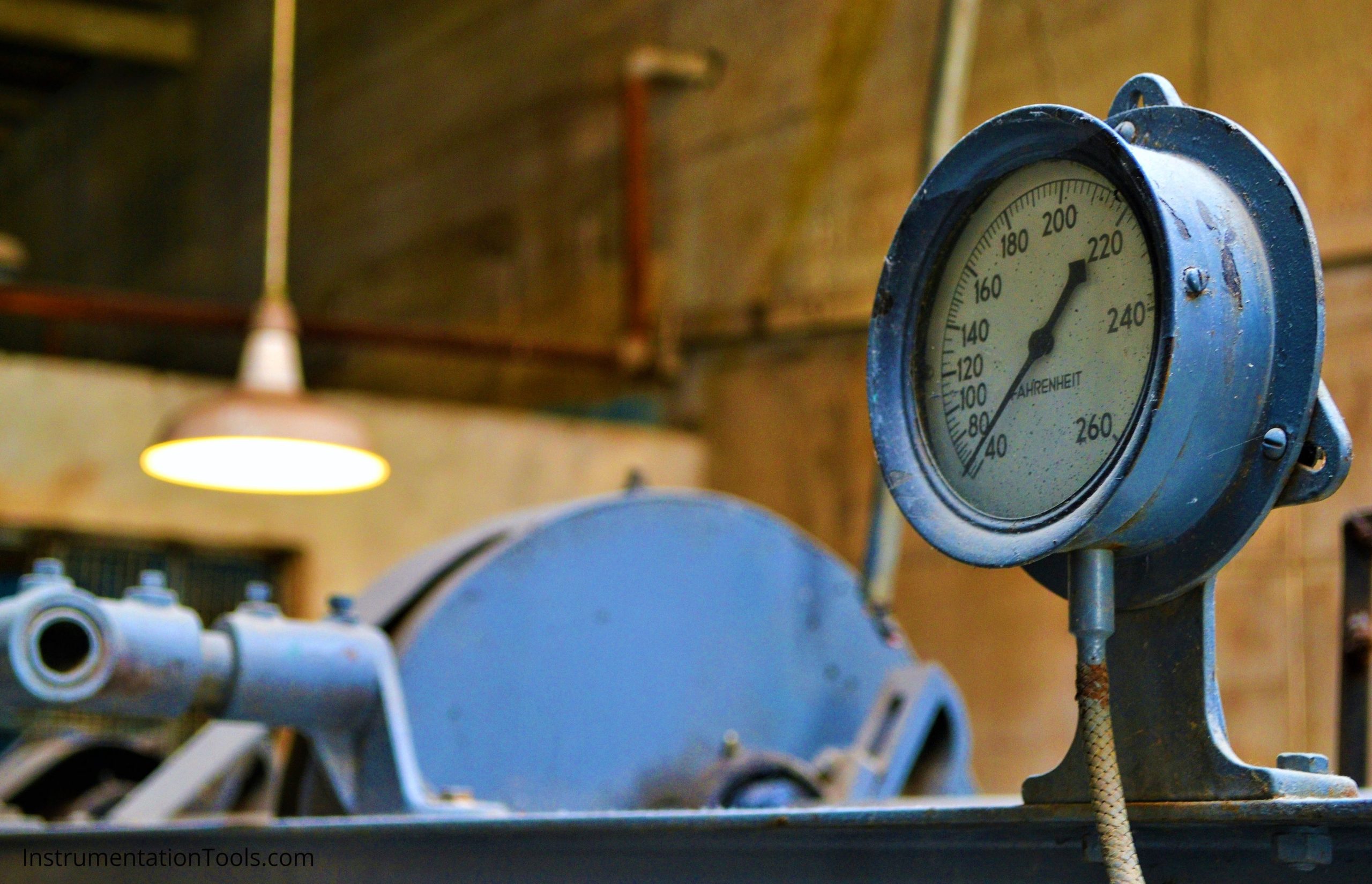
Examples
For example,
The length of the wire is 1 meter. 1 is number and meter is the unit of measurement.
The weight of a man is 60 kg. 60 is number and kg is unit.
Also, weight is measure in pounds.
The weight of a man is 60 pounds. Here, 60 is the number and pounds is the unit.
However, 60 kg is not equal to 60 pounds. Even though both units are of weights, kg and pounds are not equal. So we can’t compare these units directly.
1 pound = 0.45 Kg, 60 pounds = 27.21 kg
For comparing anything both quantities should have the same units.
The following examples show the importance of the unit in measurements. And what happens if the unit is not the same while comparing them.
The Gimli Glider
An Air Canada Boeing 767-233 jet was refueled in Montreal using 22,300 pounds of fuel instead of 22,300 kilograms. The pilot calculated how much fuel he needed thinking he was getting his fuel in pounds per litre.
When the plane ran out of fuel mid-flight, the pilot had to make an emergency ‘gliding’ landing at Gimli Canadian Air Force Base. As only 10115 kg (22,300 pounds) of fuel is refuel instead of 22,300 kg of fuel.
Mars Climate Orbiter
The Mars Climate Orbiter was a 638-kilogram, on September 23, 1999, communication with the spacecraft was lost as the spacecraft went into orbital insertion, due to ground-based computer software which produced output in non-SI units of pound-force seconds (lbf·s) instead of the SI units of newton-seconds (N·s) specified in the contract between NASA and Lockheed.
The spacecraft encountered Mars on a trajectory that brought it too close to the planet, and it was either destroyed in the atmosphere or re-entered heliocentric space after leaving Mars’ atmosphere.
NASA’s Mars Climate Orbiter programming teams in Europe and the USA used two different measurement systems, imperial and metric, to calculate the trajectory of the spacecraft. The probe consequently entered the Martian atmosphere at the wrong angle and promptly disintegrated.
Even simple measurement mistakes can be very costly!
Also, No measurement is complete without Uncertainty.
If you liked this article, then please subscribe to our YouTube Channel for Instrumentation, Electrical, PLC, and SCADA video tutorials.
You can also follow us on Facebook and Twitter to receive daily updates.
Read Next:

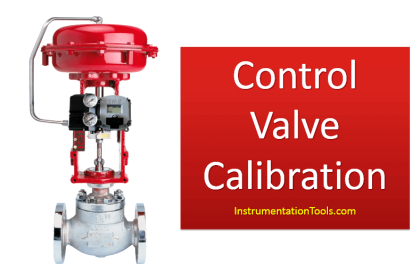
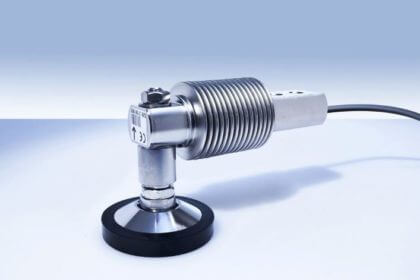
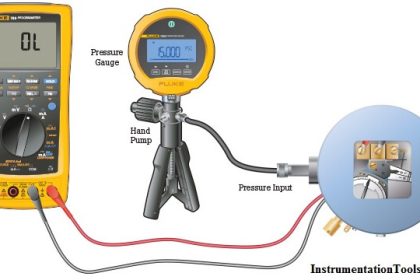
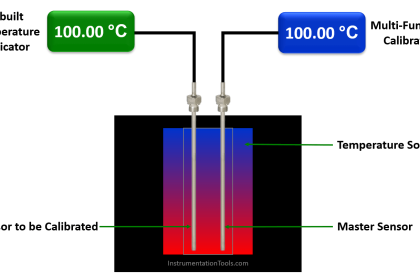
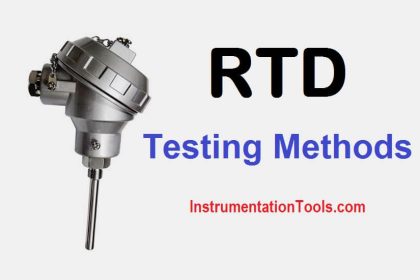
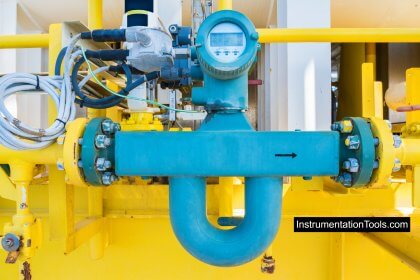
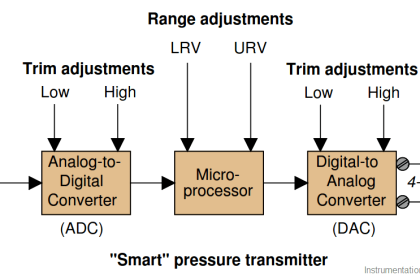

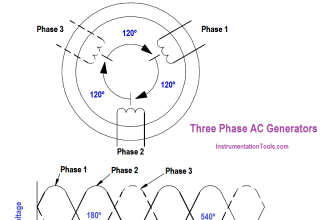
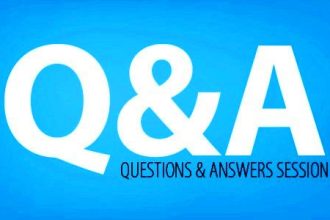

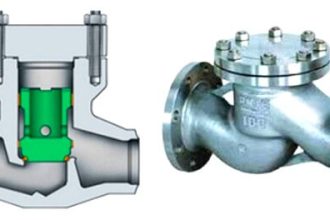

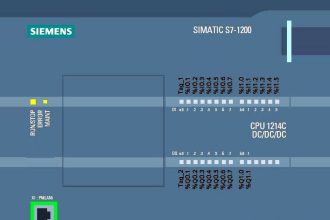
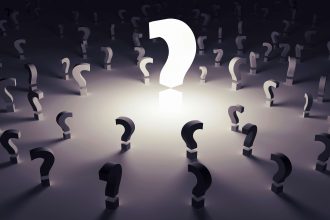

What is the date of this article?
I am doing a debate on the metric system. And the material I use needs to be recent.